Hot Sale 🌟 Forclaz Trek 500, Waterproof Hiking Overpants, 👩 Women’s 😍
$90.00 Original price was: $90.00.$67.50Current price is: $67.50.
- Experience the Best Quality
- The quality you expect, the service you deserve.
- The best quality products, always.
- Safe Transactions, Happy Customers

Waterproof overpants using the combination of a lightweight, breathable fabric and a sturdy fabric to help protect you from the elements.
Our team of passionate mountain trekkers has designed these overpants so you can go backpacking in wet weather while being completely protected.
Hybrid construction
Combination of a durable and protective fabric (5.2 oz/m2; 70 Denier) on areas to be protected from rubbing (knees, lower leg, buttocks) and a light and breathable fabric (3.8 oz/m2; 20 Denier) elsewhere.
Side zippers
Using a waterproof zipper with a double slider lets you both regulate your body temperature and easily put on the overpants without having to remove your boots.
Press-studs at the waist and ankles.
Protection
Bottom of pant leg has an elastic strip with silicone inside to improve grip on the boot.
Lower leg hook to attach to the laces of the boot to prevent the overpants from riding up while walking.
Water-resistance of the fabric
The resistance of a fabric to water pressure is expressed in terms of the height in mm of a water column that can be supported by the fabric (test based on the ISO 811 standard). The higher the pressure, the more waterproof the fabric.
Here are the waterproof values of the Trek 500 overpants:
25,000 mm before washing for the lightest fabric (11,000 mm after 5 washes)
20,000 mm before washing for the strongest fabric (17,000 mm after 5 washes)
Water-resistance of the overpants
The water-resistance of the overpants was tested under rainfall of 119 gallons of water/m²/hour for 4 hours. This test reproduces the conditions of a thunderstorm in the mountains.
Breathability of the fabric
To find out whether a fabric is breathable, we test its evaporative resistance or RET (based on the ISO 11092 standard). The lower the fabric’s resistance, the more the water vapor generated by physical activity evaporates and the higher the fabric’s breathability. It is considered that if: * RET < 9 = very breathable fabric
* 9 < RET < 12 = breathable fabric
Here are the breathability values of the Trek 700 overpants:
RET < 8 for the lightest fabric
RET < 12 for the most resistant fabric
How to restore water-repellent properties?
The water-repellent property of a fabric is its capacity to make water run off its surface without absorbing it.
This prevents the fabric from soaking up water and keeps it lightweight and breathable. The fabric is made water-repellent by treating its outer surface. However, this property may deteriorate with use.
In order to reactivate it, follow the guide:
https://www.quechua.co.uk/advice/how-do-you-restore-water-repellent-properties-your-jacket-a_86425
A score for comparing the products’ environmental impact
The product’s environmental impact is calculated over its entire lifecycle using various indicators. An overall score from A to E is given to help you easily identify the most eco-friendly products by comparing products of the same type (T-shirts, pants, backpacks, etc.) with each other. Decathlon is committed to displaying the environmental information of its products. For more information: http://sustainability.decathlon.com/
Composition
Main fabric : 100.0% Polyamide
Outer fabric : 100.0% Polyester cationic
Yoke : 100.0% Polyamide
Coating : 100.0% Polyurethane
Durability : Use of a robust fabric (5.2 oz/sqm; 70 Denier) on the areas to be protected.
Waterproof : Combination of 2 fabrics resistant to 20,000 mm water pressure before washing.
Ventilation : The double-slider side zipper helps regulate body temperature.
Breathability : RET < 8 for the lightest fabric; RET < 12 for the most resistant fabric
Easy to put on : Full-length side openings with waterproof double-slider zippers
Weight : The hybrid construction reduces the weight to 13.4 oz in size S.
| Color | Carbon Gray |
|---|---|
| Size | W26 L28, W27 L29, W27 L30, W28 L31, W29 L29, W30 L31, W31 L29, W32 L31, W33 L29, W33 L31, W35 L29, W35 L31, W38 L31 |
Be the first to review “Hot Sale 🌟 Forclaz Trek 500, Waterproof Hiking Overpants, 👩 Women’s 😍” Cancel reply
Related products
Camp Furniture
Hiking Clothing
Outlet 🤩 Hiking Clothing Forclaz Trek 100 23°F Down Packable Puffer 🎒 Backpacking Jacket 🥰
Hiking Clothing
Discount ❤️ Hiking Clothing Quechua SH100 U-Warm, Waterproof High Snow 🥾 Boots, Men’s ⌛
Hiking Clothing
Hiking Clothing
Budget 🤩 Forclaz Trek 100 23°F Down Packable Puffer 🎒 Backpacking Jacket Hiking Clothing 🤩
Hiking Clothing
Deals 🥰 Hiking Clothing Quechua MH100, Hiking Shorts, Men’s 🤩





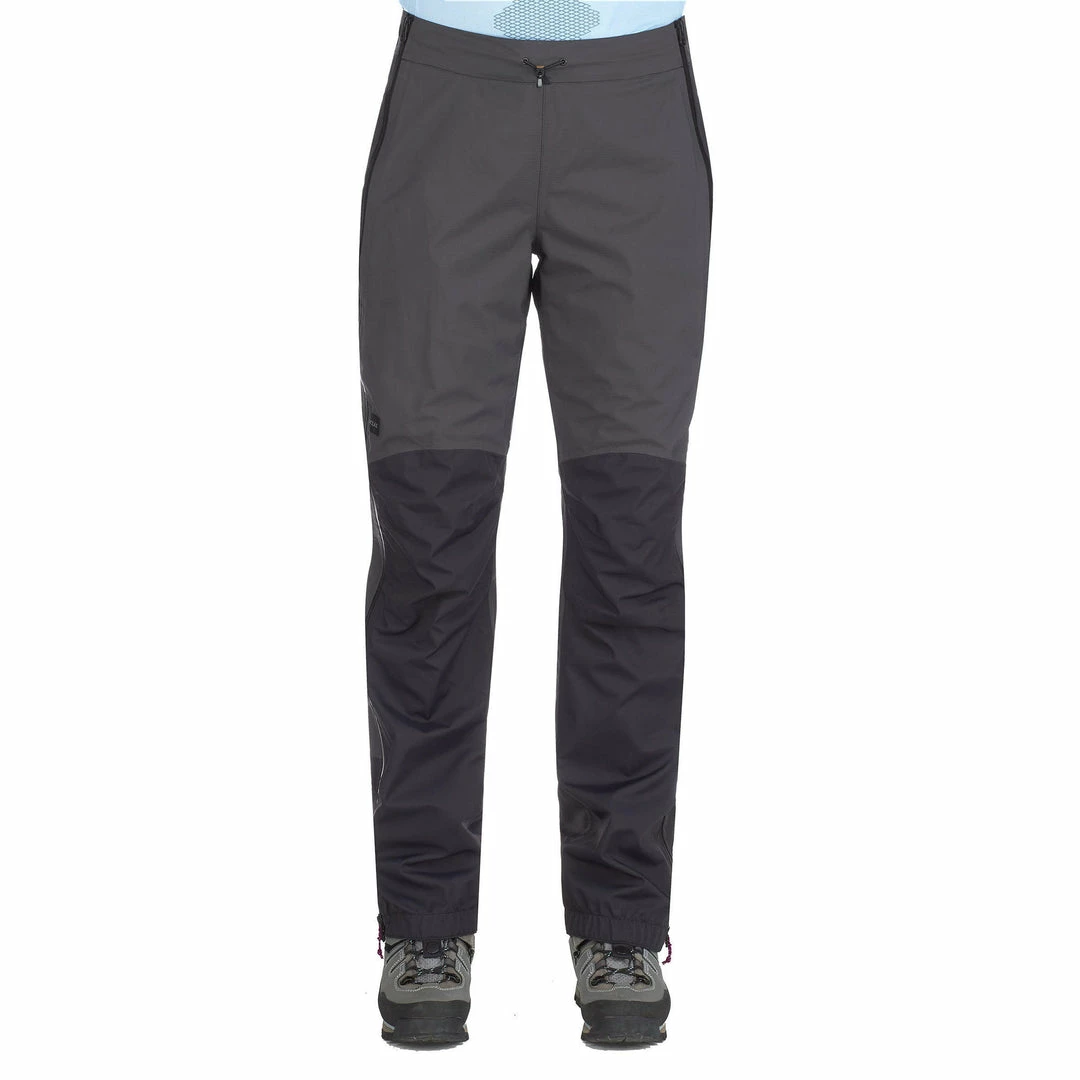




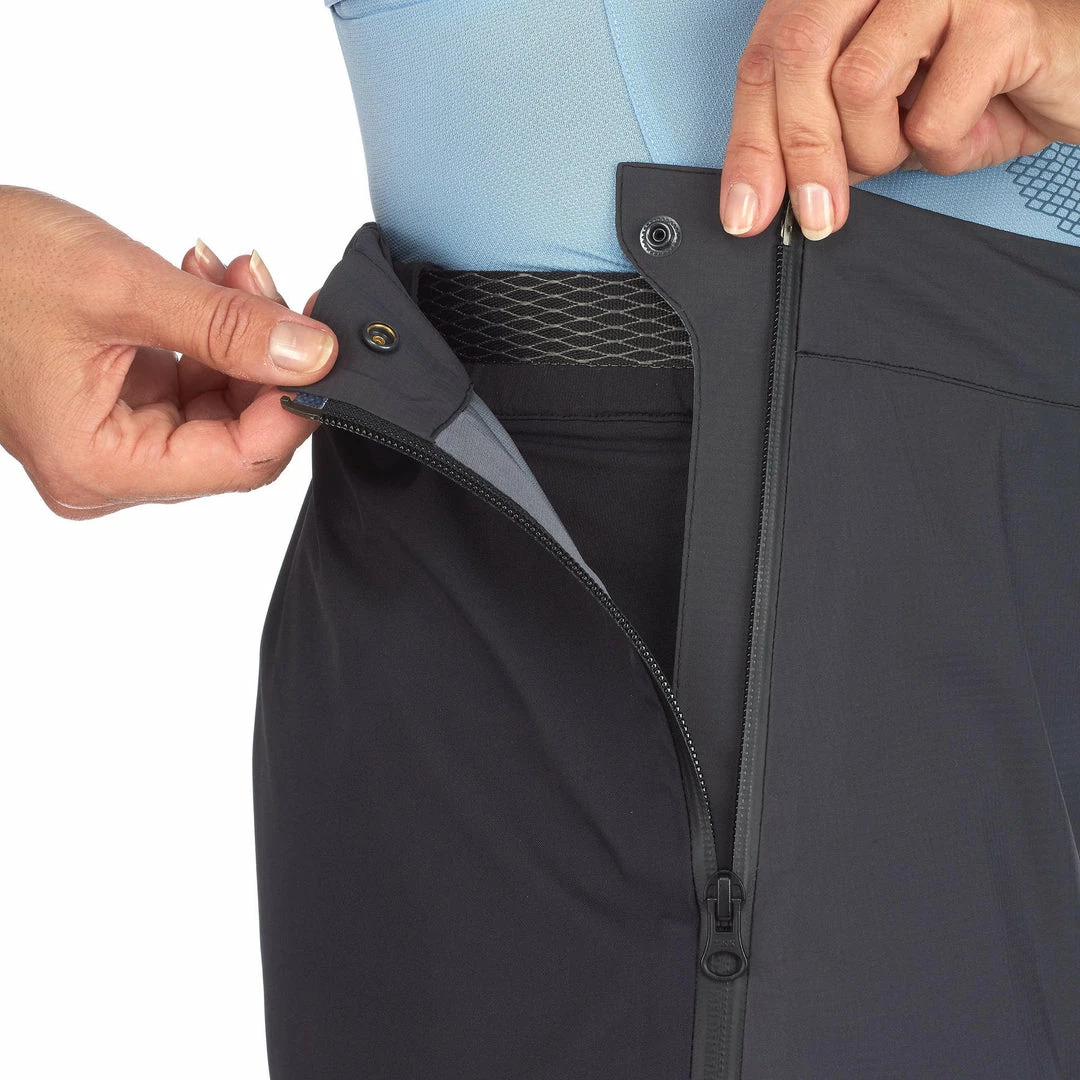








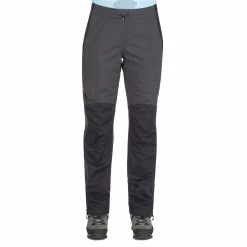













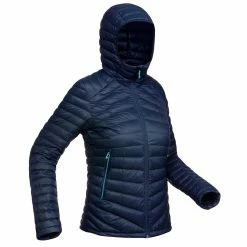
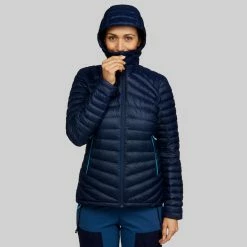





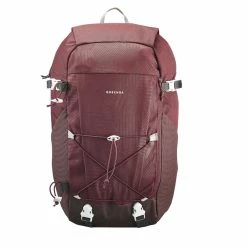






Reviews
There are no reviews yet.